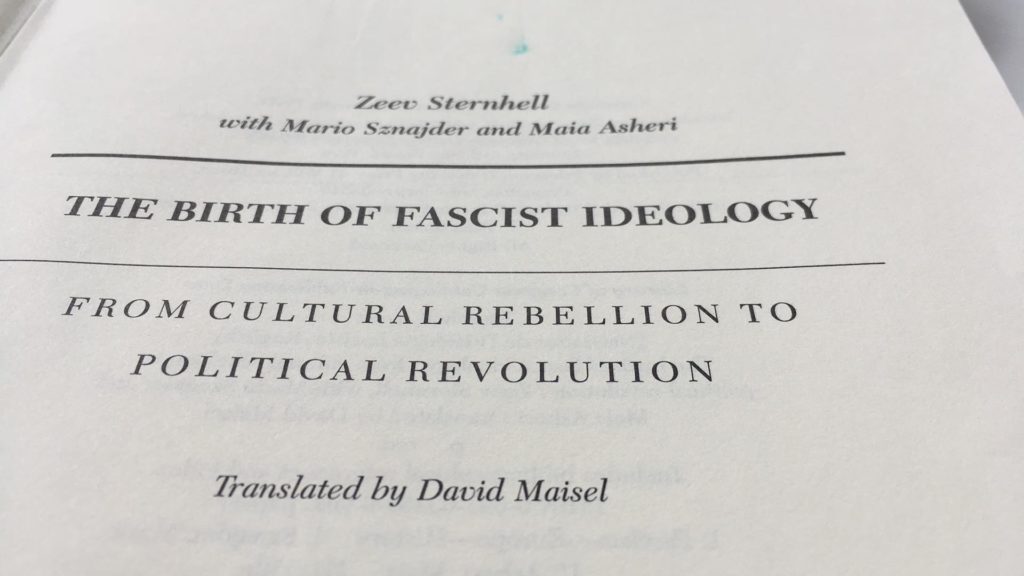Joan Micklin Silver was an American filmmaker.
My film bible Cult Movie Stars lists Chilly Scenes of Winter (1979) and Between the Lines (1977) as noteworthy.
I feel I have to add Crossing Delancey (1988).

Joan Micklin Silver was an American filmmaker.
My film bible Cult Movie Stars lists Chilly Scenes of Winter (1979) and Between the Lines (1977) as noteworthy.
I feel I have to add Crossing Delancey (1988).
David Prowse was an English bodybuilder and actor known for his parts in Star Wars, A Clockwork Orange and Jabberwocky.
In my book, he is the Frankenstein on the cover of Midi Minuit Fantastique 24 (12/1970) in a still from Frankenstein and the Monster from Hell (1974), see above.
Gary Peacock was an American jazz double-bassist. He recorded a dozen albums under his own name, and also performed and recorded with major jazz figures such as Albert Ayler, Paul Bley, Bill Evans, Keith Jarrett and Tony Williams.
On Life Time (Blue Note, 1964), Gary Peacock plays bass on tracks one to three.

Zeev Sternhell was an Israeli scholar known for his study of fascism, The Birth of Fascist Ideology (1989).
I headed for the university library and found that book.
I read the introduction and the rest of the book ‘by index’.
Doing that, I stumbled upon the grand sweeping statements by T. E. Hulme on his hatred for the Renaissance, Rousseau and Romanticism:
“That is why he [Hulme] was so hostile to romanticism: underlying romanticism and the French Revolution, he believed, was the Rousseauist concept of the individual. Rousseau, he wrote, taught the people of the eighteenth century “that man was by nature good,” that he was “an infinite reservoir of possibilities,” and that the source of all evils was “bad laws.” According to Rousseau, the destruction of the existing oppressive order would open up infinite possibilities of progress. Classicism, wrote Hulme, was defined by an opposite conception, namely, that “man is an extraordinarily fixed and limited animal whose nature is absolutely constant. It is only by tradition and organization that anything decent can be got out of him.””
The citations are from T. E. Hulme’s Speculations (1936).
It is interesting to note that Sternhell locates the origins of fascism within the artistic realm:
“A desire to cleanse the world of the defilements of the eighteenth century and to introduce various forms of discipline such as classicism and nationalism, no less than a rejection of liberal and bourgeois “decadence,” united in a single tide of sentiment some of the most important literary and artistic avant-gardes in Europe.”
Christo was a Bulgarian-American artist best-known for wrapping up monument-sized objects.
Maj Sjöwall was a Swedish author known as the co-author of the ten Martin Beck (1965-1975) novels.
She was with her partner Per Wahlöö (1926 – 1975) the spiritual co-parent of Nordic noir.
In my universe she is important for having been published in the Zwarte Beertjes collection of pocket books.
To an international audience she is all but forgotten.
I believe all of the duo’s books were made into films.
I give you the trailer of The Laughing Policeman (1973) featuring Walter Matthau and Bruce Dern.
Henry Grimes was an American jazz musician working in the free jazz idiom.
Giuseppi Logan American jazz musician working in the free jazz idiom.
Also, both were tortured artists.
I’ve always had a fascination with free jazz which veers from awe to disbelief to a mild form of even scorn.
It’s as if free jazz is the locus of strife between my need for entertainment and intellectualism.
This love–hate relationship appears to be my variety of the wild orchids and Trotsky.
But jazz itself was also that locus of strife.
Because it was somewhere in the 1940s that jazz begot bebop, and the road that had been jazz permanently forked.
One side continued its entertainment course.
Another side explored the realm of high art.
So as jazz became less popular, it became more highbrow.
Behind the scenes, rock and roll and R&B had been waiting impatiently to fill this entertainment void.
Sergio Rossi was an Italian shoe designer.
I discovered his work by finding a page dedicated to misogynistic advertising.
Here is the image I discovered, white stockings, white shoes, only the legs are visible, in a Mondriaan-like framework.[1]
Disembodied legs as depicted in this Rossi advertisement haven an aphrodisiac effect on me.
Wolfgang Dauner was a German musician perhaps best known for his album The Oimels.
The album features the composition “Dig My Girl” which made it to the Caribou 1000.
Fred Bongusto was an Italian singer-songwriter active in the Italian soundtrack and pop business.
His “Shake Per Un Divorzio” (1970) is featured on the Beat at Cinecittà series, volume two.